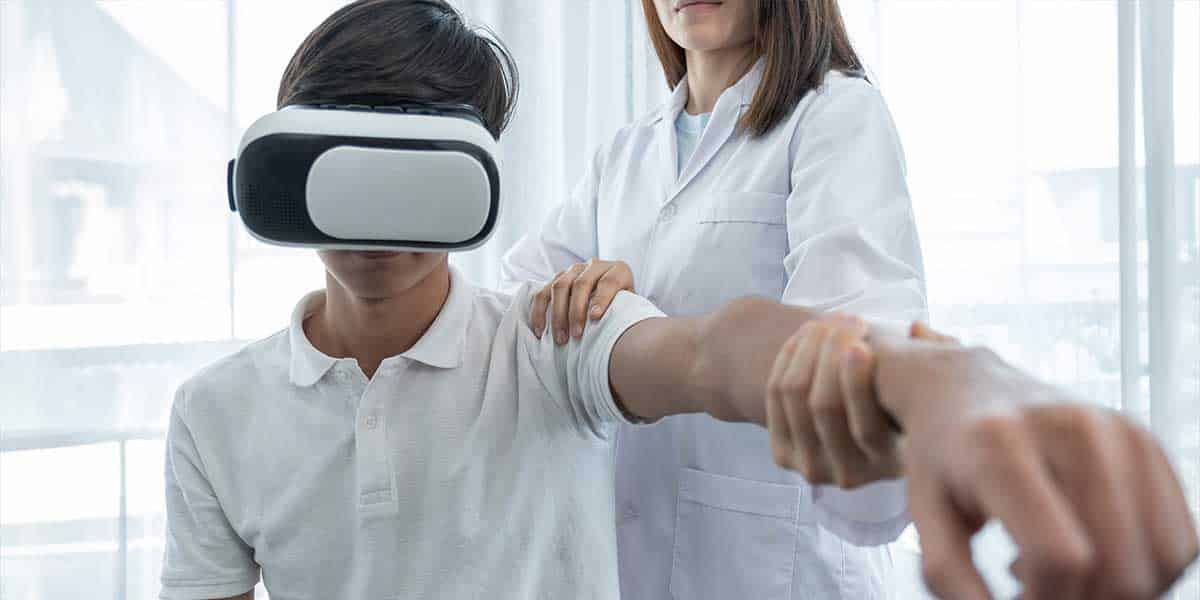The Power of Technology in Therapy: Virtual and Augmented Reality Explorations
Integration of the latest advancements of technology in therapy provides comprehensive and effective services to clients. In today’s digital age, technology plays an increasingly significant role in enhancing therapeutic interventions. They offer new possibilities for both adults and children. Let’s explore exciting world of virtual reality (VR) and augmented reality (AR) and how they are revolutionizing the field of therapy.
VR for Pain Management
Chronic pain can be debilitating, often hindering progress in physical therapy. However, with the advent of VR technology, we can now offer our clients immersive experiences that distract them from pain during exercises or treatments. Transported to virtual landscapes, like serene nature or underwater scenes, VR fosters therapy’s efficacy.
AR for Occupational Therapy
In occupational therapy, fine motor skills and cognitive functions are key areas of focus. Augmented reality applications are transforming how we approach these goals by providing interactive and engaging experiences. Through AR simulations, clients can practice activities like hand-eye coordination exercises. AR can simulate workplace tasks in a virtual environment, enhancing their skills in a dynamic and stimulating way.
Speech-Language Therapy in Virtual Environments
For individuals undergoing speech-language therapy, virtual reality simulations offer a unique platform for practice and improvement. By creating immersive environments that mimic real-life scenarios, VR enables clients to engage in interactive conversations and communication exercises. From practicing social skills in virtual social gatherings to working on articulation in simulated public speaking events, the possibilities are endless. Discover the world of Augmentative and Alternative Communication (AAC) in our latest blog post.
Reading Intervention through Gamification
One of our specialized services for children is reading intervention, where we utilize gamification techniques to make learning fun and effective. Through interactive games and activities, children can improve their literacy skills while having a blast. Whether it’s exploring virtual worlds filled with phonics puzzles or embarking on storytelling adventures with digital characters, our reading intervention programs are designed to ignite a love for learning.
Feeding Therapy with Virtual Food Simulations
Feeding therapy can be challenging for individuals with sensory issues or aversions to certain foods. Virtual reality technology offers a solution by simulating different food textures and environments. Clients can gradually expose themselves to new foods in a controlled and less anxiety-provoking manner, ultimately expanding their palate and improving their eating habits.
At Therapeutic Potentials Inc., (TPI), we strive to empower our clients with innovative technology in therapy. We offer the most comprehensive range of therapy services for both pediatric and adult needs. Take the first step today by scheduling an appointment to discuss your unique requirements.







